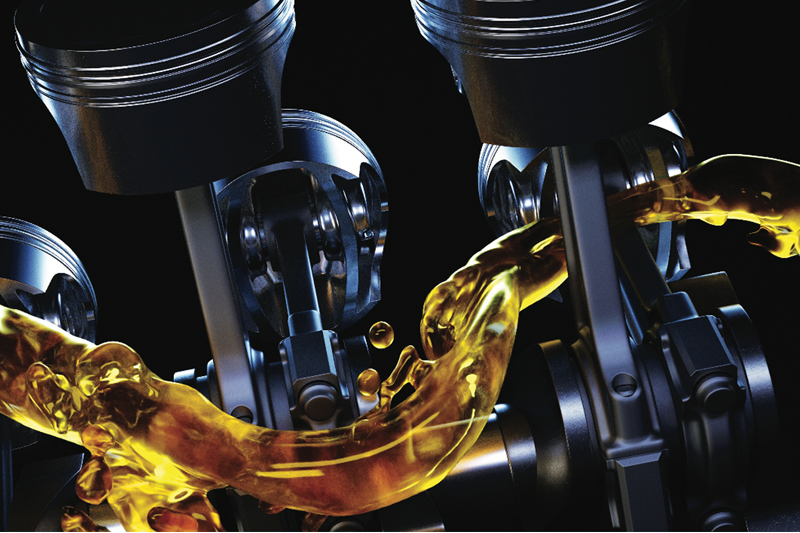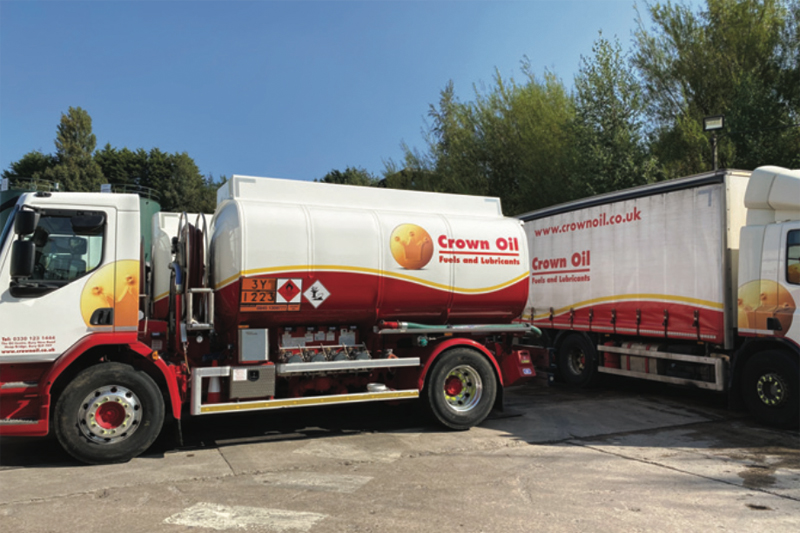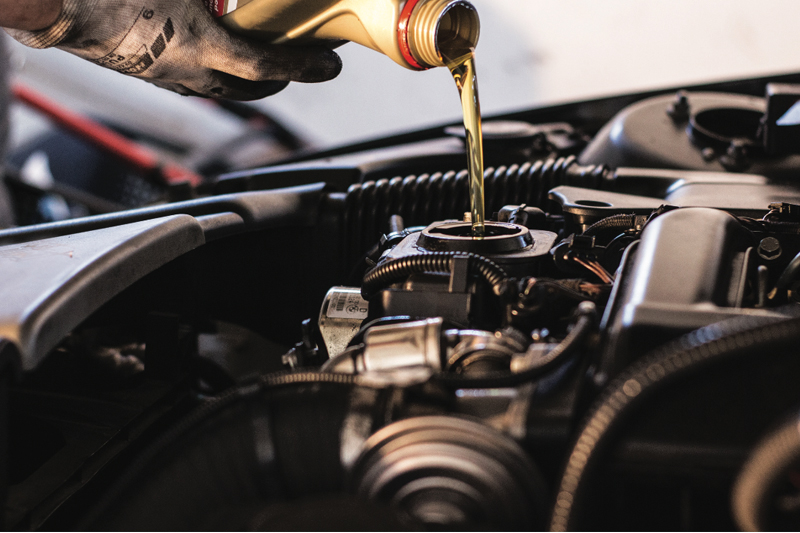
Crown Oil’s Director, Mark Andrews, provides factors with the appropriate advice to give their garage customers when it comes to correctly lubricating machinery and vehicles.
Many businesses fail to realise the importance of lubrication management, potentially costing them money in the long-run.
Whether lubricating a tractor, a fleet of trucks or simply a door hinge, it’s essential to follow eight methods of lubrication best practice to avoid the costs of ineffective running, machinery breakdowns or even worse, complete failure.
Use the right lubricant
The machinery and vehicles that your customers use and work on, respectively, are a huge investment, as they are what keep their businesses running smoothly. But there’s no such thing as ‘one product fits all’ when it comes to good lubricant practice, so they need to make sure they have the right lubricant. This will help to avoid early wear and tear, and achieve optimal lubricant performance.
For every pound garages may think they’re saving by buying low-cost lubricants, the regular and reactive maintenance costs almost outdo the initial savings every time.
To determine what lubricants are needed, they can refer to the OEM manual. However, with old equipment, the manual may be outdated, and there may be better- suited products now available.
Some suppliers may offer a lubricant health check to ensure the workshops are using the right product, and help them to consolidate their grades so they have fewer grades on-site.

Use OEM-approved suppliers
To ensure that garages are using the right product, you should inform them that they should use an OEM-approved lubricant supplier that offers the expertise, training and tools needed to properly maintain their hardware, as well as the vehicle they work on. A good supplier knows when to use which lubricants, extending equipment life and avoiding a stop in production. They should be able to offer your customers specialist advice on all areas of lubrication.
It’s also important to ensure that employees that apply lubricants are adequately trained, as their expertise can greatly affect performance.
Apply lubricant correctly
According to a recent report by Shell, 81% of UK manufacturers stated that their company had suffered unplanned downtime due to a lack of proper lubricant management. Not only does this demonstrate the importance of correctly applying lubricant – even at a workshop level – it shows that even the best lubricant will fail to perform efficiently if not applied and managed properly.
So, whether your customers are applying lubricant oils through oil drip feed lubrication; grease lubrication; oil force- feed lubrication or oil splash lubrication, make sure to tell them to apply lubricants to their machinery and the vehicles that they’re working on using the correct method to ensure the right amount gets to where it needs be, and nowhere else.
Use the correct quantity of lubricant
With lubricants, more is not necessarily better. Too much product can actually cause as much damage as using too little product.
The appropriate quantity of lubricant is key to protecting moving parts effectively. This is particularly important for grease, as over-packing bearings can be just as detrimental as under-greasing them.
The correct amount of lubricant is needed to reduce friction and provide protection from wear, corrosion and machinery breakdown.
Use site-specific lubricants
When an inferior oil grade is used as a lubricant, the negative impact that this will cause won’t be clear until it becomes a bigger problem. Implementing an oil analysis programme ensures that any issues are detected early on, helping to avoid equipment damage and excess repair, or replacement costs.
Site-specific applications have their own requirements, so an oil or grease must be applied correctly to guarantee it reaches the surface it is intended for.

Change lubricants regularly
Regular oil changes help to avoid wear and tear, as this ensures lubricants reach the surface at the right time.
Being proactive with regular lubricant servicing is easier, cheaper and more convenient than fixing an issue after something has gone wrong, so perhaps it is an approach worth taking.
Use optimal storage conditions
Getting good performance from lubricants is as much about how they are stored as how they are used. Improper lubricant storage and handling creates many problems down the line, in terms of equipment unreliability and reducing life cycles.
In general, a lubricant must be kept clean and cool, and it must be handled correctly to avoid contamination and to preserve its key characteristics. Fluctuating temperatures can cause thermal siphoning, a reaction where air moves in and out of the container and atmosphere, degrading the stored product. Extremely hot or cold temperatures can also cause chemical degradation.
Typically, oils and greases need to be:
- Stored in a cool, dry indoor area where airborne debris is at a minimum
- Sheltered from environmental conditions that may degrade them
- Stored in containers that are tightly covered
- Clear of dirt, which must be wiped off from container lids to avoid contamination when opened
- Kept at a safe distance from any sources of heat or steam
Monitor lubricants
Lubricants are too often forgotten about once they’ve been applied, but with regular and routine lubricant analysis, technicians can quickly spot signs of equipment wear and contamination, which subsequently also ensures the lubricant is fit for purpose. Regular oil changes are also important to remove oxidation or combustion by- products, as well as to replenish any additives necessary to keep the lubricant working effectively.







